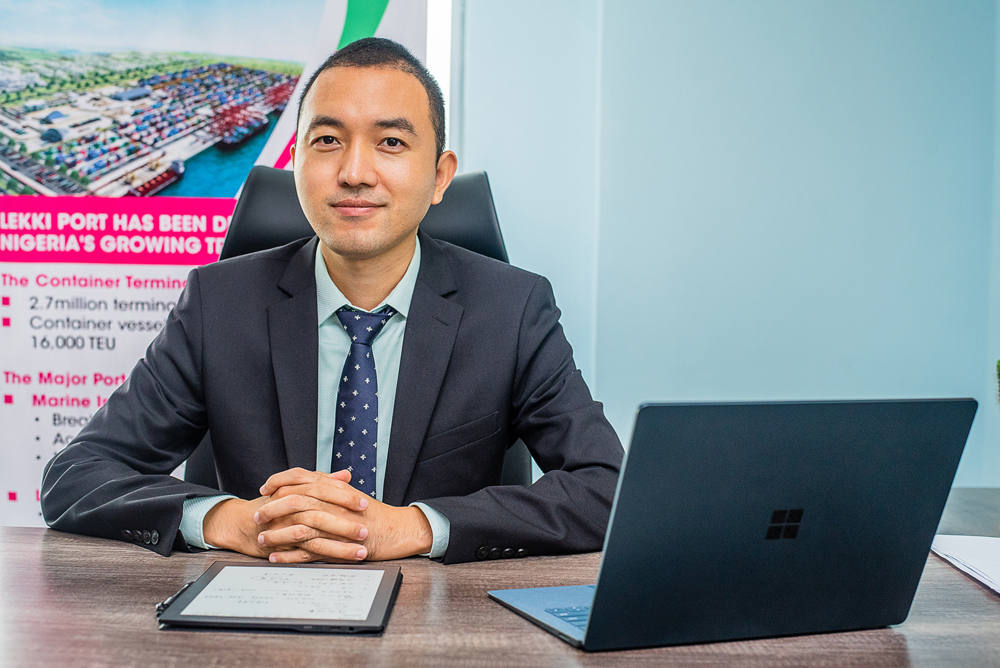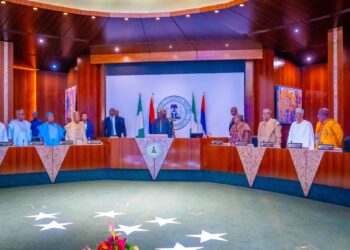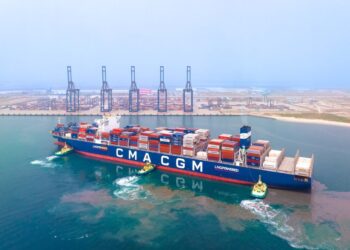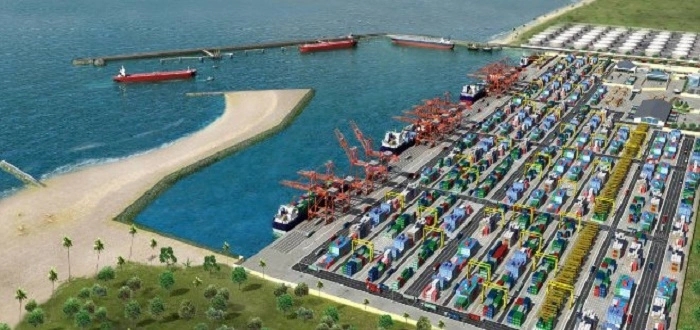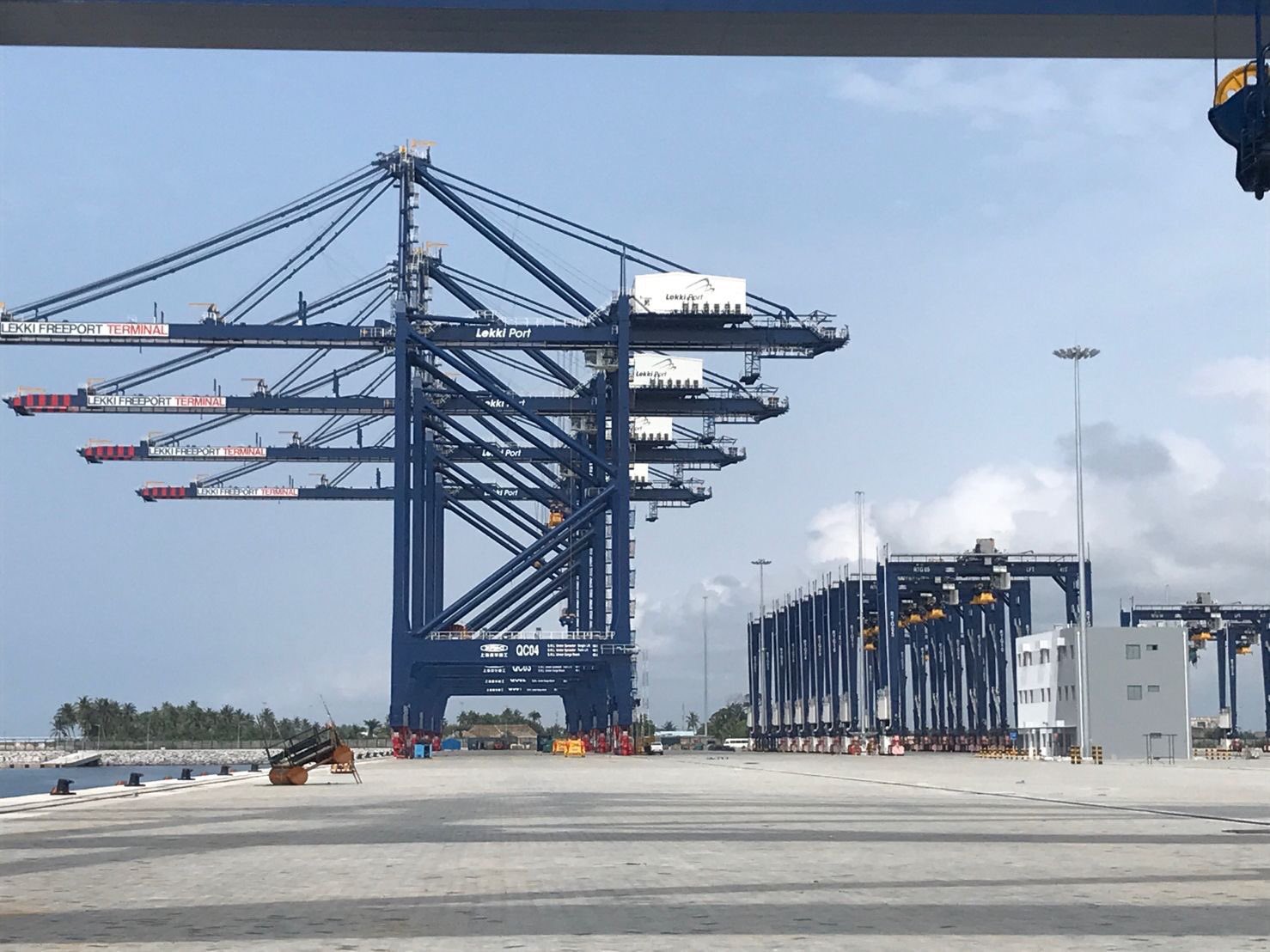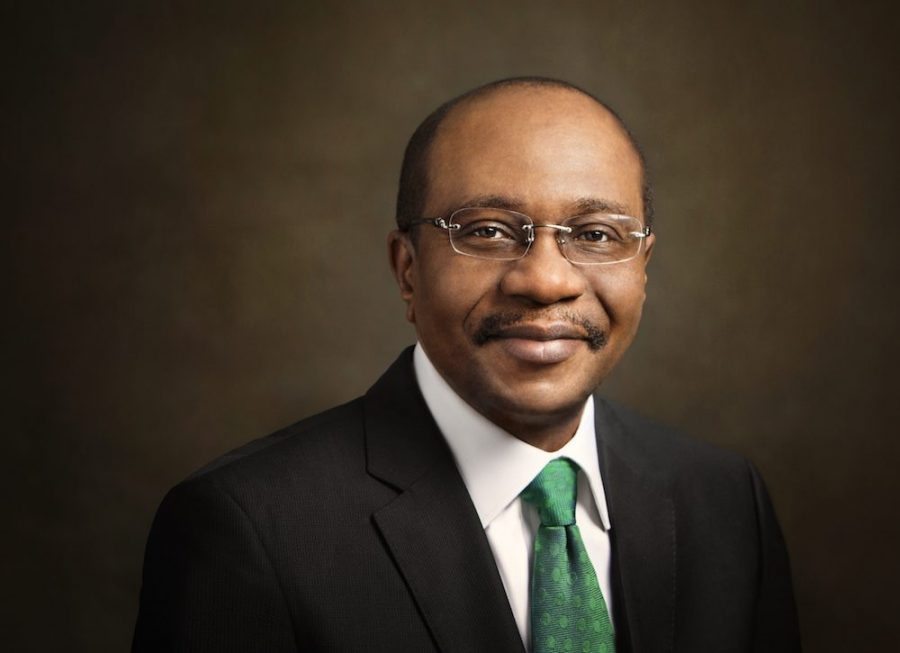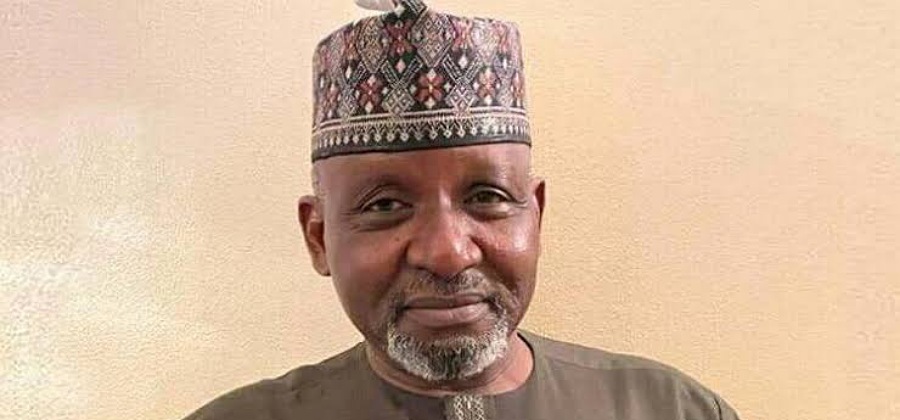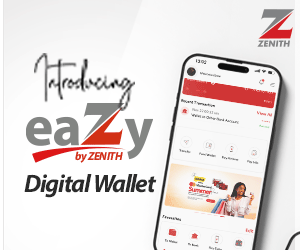Contrary to allegations that lack of fund has been the major source of delay of the Lekki Deep Sea port project, the management of the port has cleared that such claim is false and that it recently got an equity infusion worth $221 million from China Harbour Engineering Company, its major shareholder.
In an interview with Nairametrics, the Chief Executive Officer, Lekki Port LFTZ Enterprise Limited, Mr. Du Ruogang, talked on the catalytic economic impact on Lagos State and Nigeria, which include the creation of about 170,000 jobs and approximately $201 billion in revenue to State and Federal agencies from taxes, royalties and duties. Excerpts:
It appears the completion date has been shifted several times for a while now. Specifically, when will the facility be ready for business? Is the deadline realistic and how prepared are you?
Personally, as the CEO of Lekki Port, with full responsibility for delivering this project, I am fully committed to ensuring the project completion by the end of 2022. My team and I, in conjunction with the EPC Contractor, are working very hard to meet this deadline, and we are doing our best to anticipate any unforeseen circumstances that can derail this goal, so we can eliminate them and stay focused. We are very committed to honouring our pledge to the Honourable Minister of Transport, Rt. Honourable Rotimi Amaechi for a 2022 completion date. This was in November 2020 when he visited the port site.
READ: Lekki Deep Sea Port must be operational by 2022 – Amaechi
What would be the impact of Lekki Port on the Nigerian economy after completion?
Lekki Port, when operational, will help to ease the congestion in existing ports and generally upgrade the continued development of the maritime and port facilities in Nigeria. With full collaboration from all port users and the regulatory authorities, we hope to cut down the operating costs and improve efficiency of doing business in Lagos, Nigeria.
What are the pressing challenges faced by the management, are there any funding issues?
There are no funding issues. All the equity partners have fully funded the project, with the latest equity infusion being the $221million received from China Harbour Engineering Company.
READ: Tolaram to spend $1.1 billion on West Africa’s biggest port
There are 4 beneficiary owners of The Lekki Port LFTZ Enterprise Limited, the sole operators of Lekki Seaport i.e. Four China Harbour Engineering Company, Tolaram Group, Lagos State Government and the Federal Government through the Nigerian Ports Authority (NPA). Which of these entities is the majority shareholder of the company and what percentage shareholding does each of these entities have?
China Harbour Engineering Company and Tolaram Group jointly hold 75% of the project through Lekki Port Investment Holding Inc. The other shareholders are Lagos State Government (20%) and the Nigerian Ports Authority (5%).
Do you have any plan to list the company on the Nigerian Stock Exchange?
Yes, at the right time Lekki Port intends to list the company on the Nigerian Stock Exchange.
READ: China Development Bank, Sanwo-Olu sign $629m facility to complete Lekki Deep Seaport
What is the financial benefit of the port (after completion) to the Nigerian economy?
When completed, Lekki Port will create an immense macro and catalytic economic impact on Lagos State and Nigeria in general. This includes the creation of about 170,000 jobs and approximately $201 billion in revenue to State and Federal agencies from taxes, royalties and duties. Also, over the term of concession, there will be direct and induced business revenue impact of $158 billion as well as qualitative impact on manufacturing, trade and commercial services sector.
In summary, Lekki Port will have an aggregate impact of approximately US$ 361 billion on the Nigerian economy.
READ: Lekki Port to commence operations by 2022
Five years into your operation, where do you see the Lekki seaport?
Lekki Port when operational will help to ease the congestion in existing ports and generally upgrade the continued development of the maritime/port system in Nigeria. Within five years of operation, we hope to have become the transhipment hub for the West African region.
Essentially, we hope to be doing our own part in increasing commercial operations in Nigeria and indeed, across the entire West African region.
READ: Dangote makes about N2.47bn from cement sales every day
In terms of marine infrastructure, we are aiming for global standards. Vessels will approach through a 9 km long and 19 m deep navigation channel reaching the 600 m wide turning basin. The port is protected against the ocean waves and currents by a main breakwater of 1,900 m long and a secondary breakwater of 300 m, providing a controlled environment for the handling of vessels alongside the 1,500m quay at a water depth of 16.5 m, and 3 Liquid Bulk Jetties with 19m water depth. For safe and secure handling of shipping, berthing facilities for marine services (tugboats, pilots’ boats) are provided as well.
READ: Dangote Cement, MTN, Nigerian Breweries, 9 others raise N478.4 billion from commercial papers
The Container Terminal will have a 1,200m long quay for 3 container berths and a storage yard with over 15,000 ground slots. The terminal is designed to support a throughput of 2.7 million TEUs annually. The Dry Bulk Terminal will have an available quay length of about 300m which will be sufficient to accommodate 1 berth for a Panamax size vessel (75,000 DWT).
The Liquid Berths will be capable of servicing vessels up to the size of 45,000 DWT initially, with design flexibility for expansions, catering to an increase to a capacity of 160,000 DWT. The berth will be equipped with loading arms and connected by pipelines running along the breakwater to carry cargoes between tank farms and the vessels. Finally, there will be in-built technology that allows for screening and processing which will promote efficient movement of goods within 48 hours.

